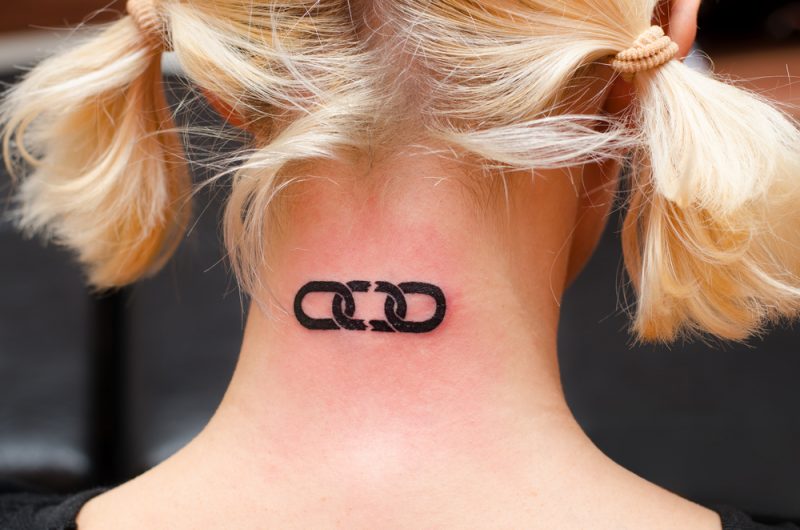 People have tattooed their bodies for thousands of years. But with the dramatic growth of tattoos and piercings among teens and young adults, the American Academy of Pediatrics has issued its first clinical report on the practices.
People have tattooed their bodies for thousands of years. But with the dramatic growth of tattoos and piercings among teens and young adults, the American Academy of Pediatrics has issued its first clinical report on the practices.
Dr. Jessica Castonguay of the Division of Adolescent Medicine at Akron Children’s explains why the guidelines are needed and what they mean.
Why are these first guidelines on tattoos and piercings significant?
They are significant because body modification has become more accepted in society. Adolescents are trying to find their identities. Piercings or tattoos have become a more common way that teens utilize to express themselves.
What do you tell patients who want tattoos or piercings?
I talk to them about why they want them, what art they would choose, and where they would have the tattoo or piercing placed. Then I can talk more about risks after and how to care for it. I also make sure to talk about using a licensed tattoo parlor or piercing studio, one that uses sterile equipment.
What are downsides/complications that young people may not think about?
- Infection: either from use of non-sterile instruments or poor care of the area after the piercing or tattoo.
- Pain: getting pierced or tattooed is painful.
- Location: whether we like it or not, body modification comes with a stereotype. Consider who you want to see your art and why you are getting it. Be prepared to be asked to remove facial jewelry or cover tattoos with long sleeves or socks.
Are certain piercings riskier than others? Are tattoos or piercings not advisable for certain patients with medical conditions?
Because the most common risk is infection, unimmunized or under-immunized individuals should avoid them.
Tongue piercings can lead to a cracked or broken tooth.
Some people react to red pigments in tattoo ink, this can cause swelling and inflammation in the tattooed area itself.
Patients prone to keloid formation may want to avoid body modification.
Any other advice?
Be safe – make sure the parlor is sterile and clean. Keep it clean – follow the instructions given by the parlor.
Think about it first! What, where, why.
See your doctor if you are worried the area is not healing well. Dr. Castonguay offers additional tips in the following video.











